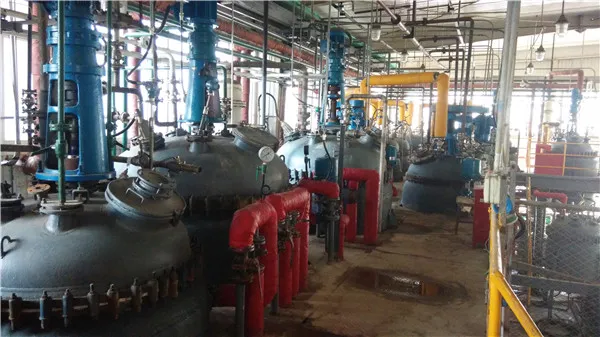The Role of Ammonium Thiosulfate in Agriculture and Industry
Ammonium thiosulfate, commonly referred to as ATS, is a chemical compound with the formula (NH4)2S2O3. It plays a versatile role in both agriculture and various industrial applications due to its unique properties. This article explores the significance, uses, and benefits of ammonium thiosulfate in different sectors.
Agricultural Applications
In agriculture, ammonium thiosulfate serves primarily as a nitrogen source and sulfur fertilizer. Plants require both nitrogen and sulfur for optimal growth, and ATS provides these essential nutrients in a readily available form. The nitrogen in ammonium thiosulfate supports vegetative growth and leaf development, while sulfur plays a crucial role in the synthesis of amino acids and proteins, making it vital for crop development.
One of the standout benefits of ammonium thiosulfate is its ability to enhance the efficiency of nutrient uptake. When applied to soil, ATS not only delivers nitrogen and sulfur but also can improve the solubility and mobility of other nutrients, such as phosphorus and potassium. This synergistic effect can lead to increased crop yields and improved soil health. Farmers often use ammonium thiosulfate in fertigation, where the compound is dissolved in water and applied through irrigation systems, ensuring an even distribution of nutrients to crops.
Moreover, ATS is employed in various soil amendments, particularly in the case of alkaline soils, where it can help alleviate nutrient lock-up and improve overall soil structure. The application of ammonium thiosulfate can assist in lowering soil pH levels, making nutrients more available to plants. As the global demand for sustainable agriculture continues to rise, ammonium thiosulfate is positioned as a more environmentally friendly alternative to traditional fertilizers, which may have adverse environmental effects.
ammonium thio

Industrial Uses
Beyond its agricultural applications, ammonium thiosulfate is also important in the industrial sector, particularly in the realms of mining and photography. In the mining industry, ATS is used as a non-toxic and environmentally benign reagent in the extraction of precious metals, particularly gold and silver. The compound acts as a leach agent in the cyanide process, allowing for the recovery of minerals while minimizing harmful waste products. This application aligns with the growing emphasis on sustainable practices in mining, as ammonium thiosulfate reduces the environmental impact of traditional methods.
In photography, ammonium thiosulfate is a key component of photographic fixing solutions. It serves to remove unexposed silver halides from photographic films and papers, ensuring that the developed images are clear and permanent. Its efficacy and ease of use have made it a staple in both professional and amateur photography.
Conclusion
In conclusion, ammonium thiosulfate represents a versatile and valuable compound in both agriculture and industrial sectors. Its dual role as a fertilizer helps enhance crop yields while promoting sustainable agricultural practices. Simultaneously, its applications in mining and photography underscore its significance beyond agriculture. As research continues to explore new uses and benefits of ammonium thiosulfate, its importance in contributing to environmental sustainability and efficiency will likely grow, making it an essential compound for future developments in both fields. The ongoing exploration of alternative fertilizers and greener industrial processes positions ammonium thiosulfate as a key player in the pursuit of sustainable solutions.

